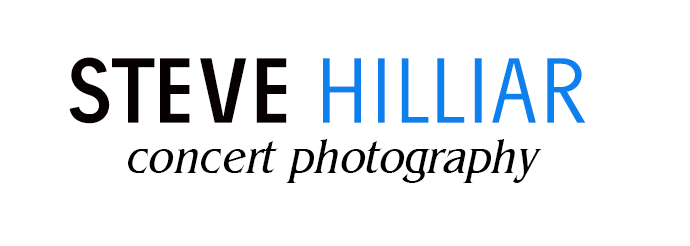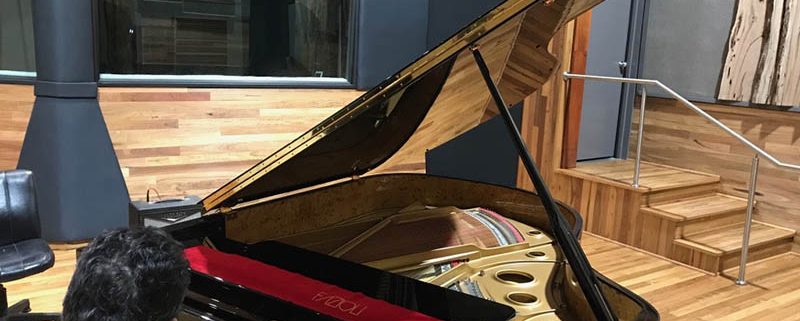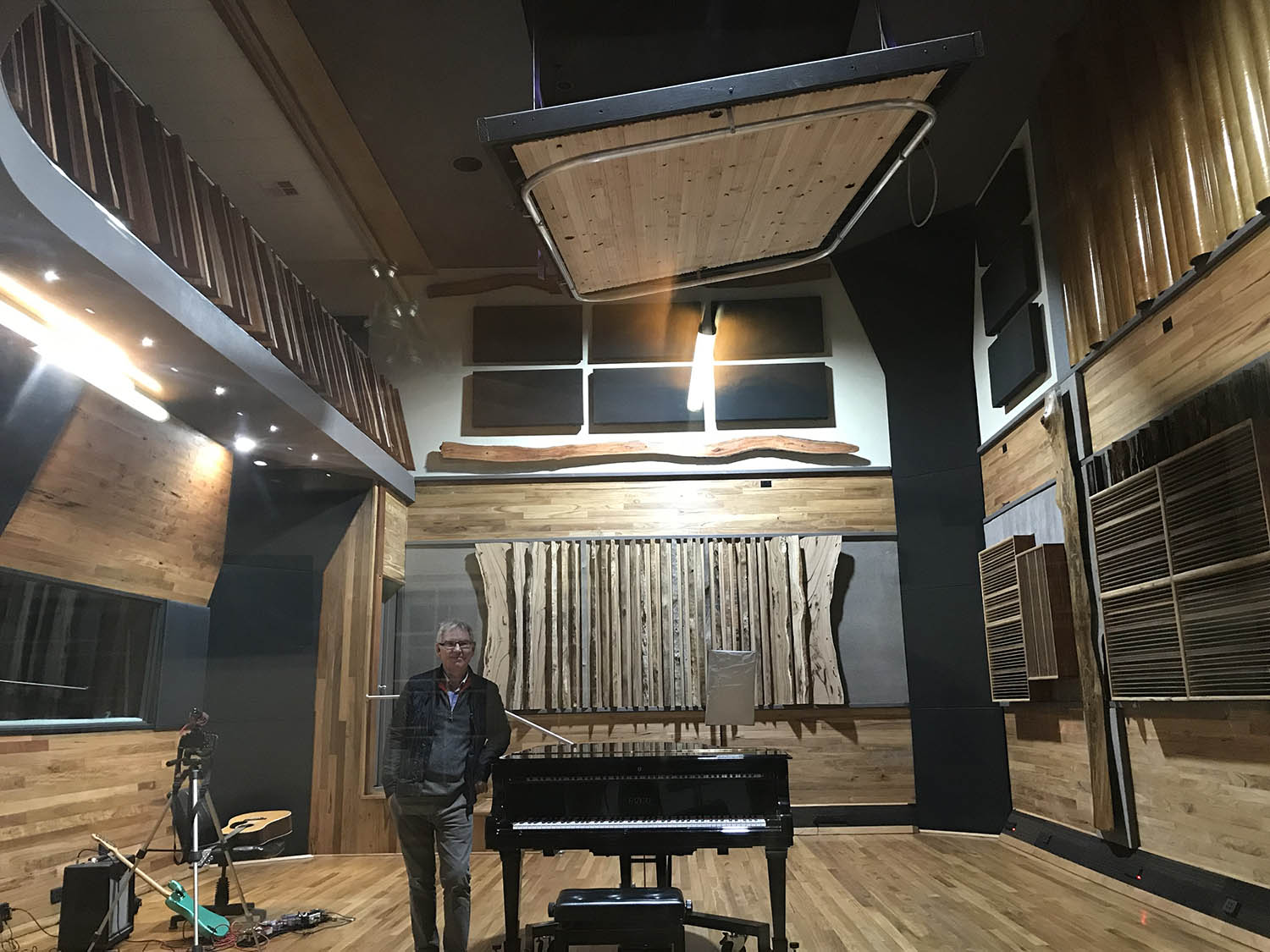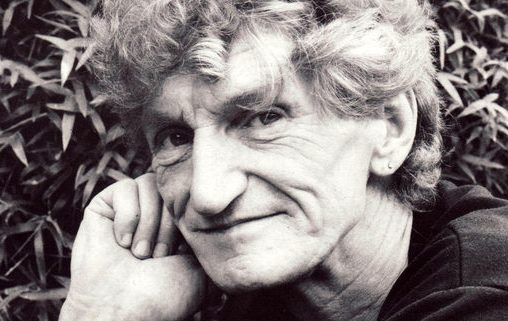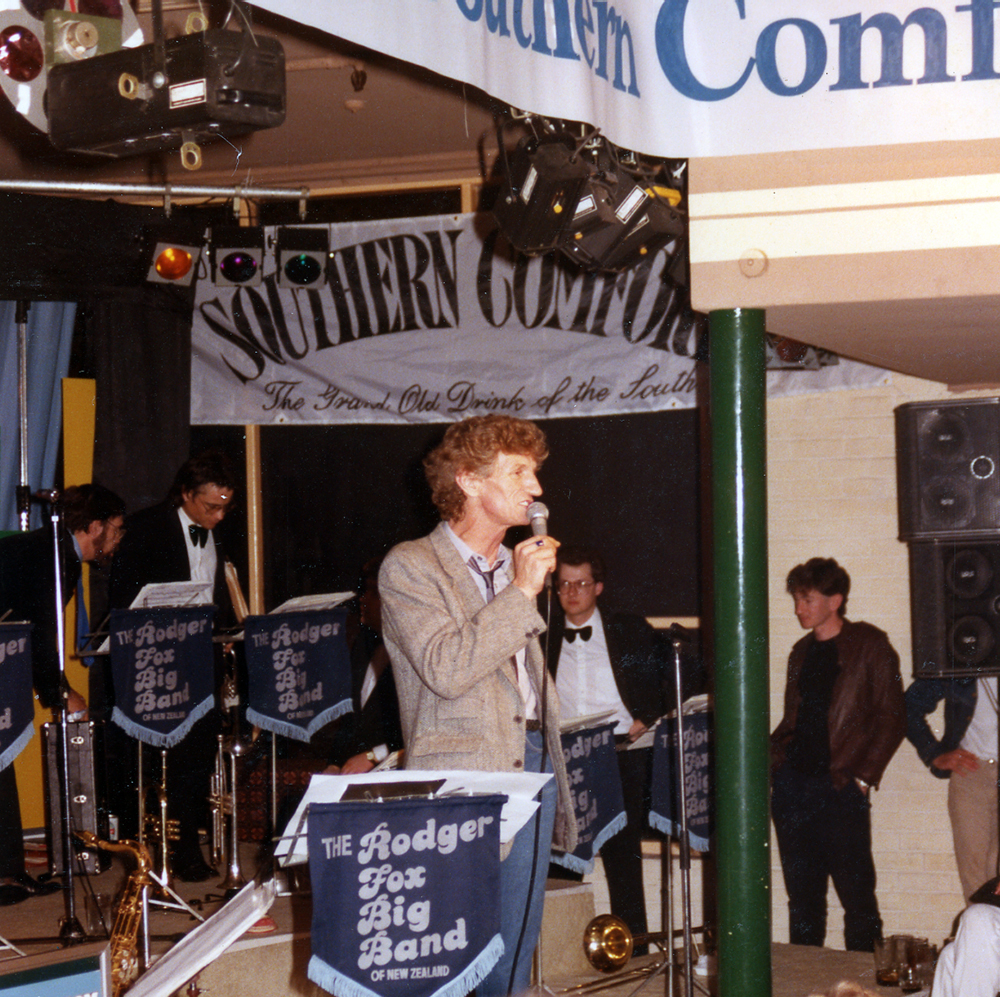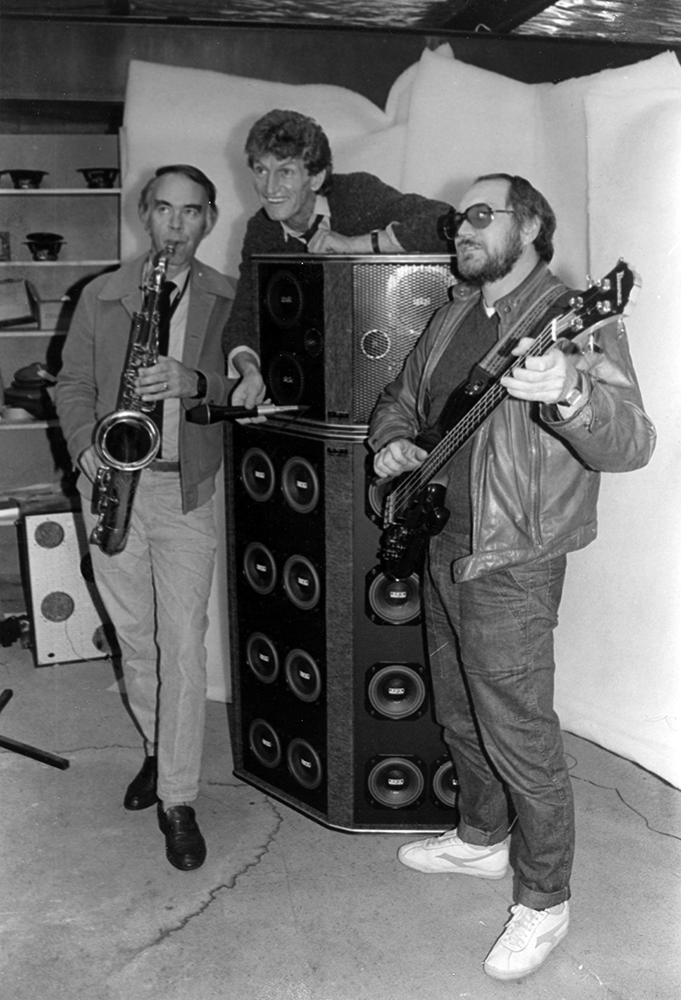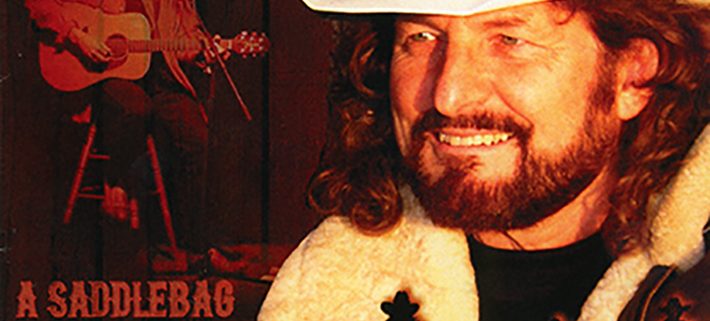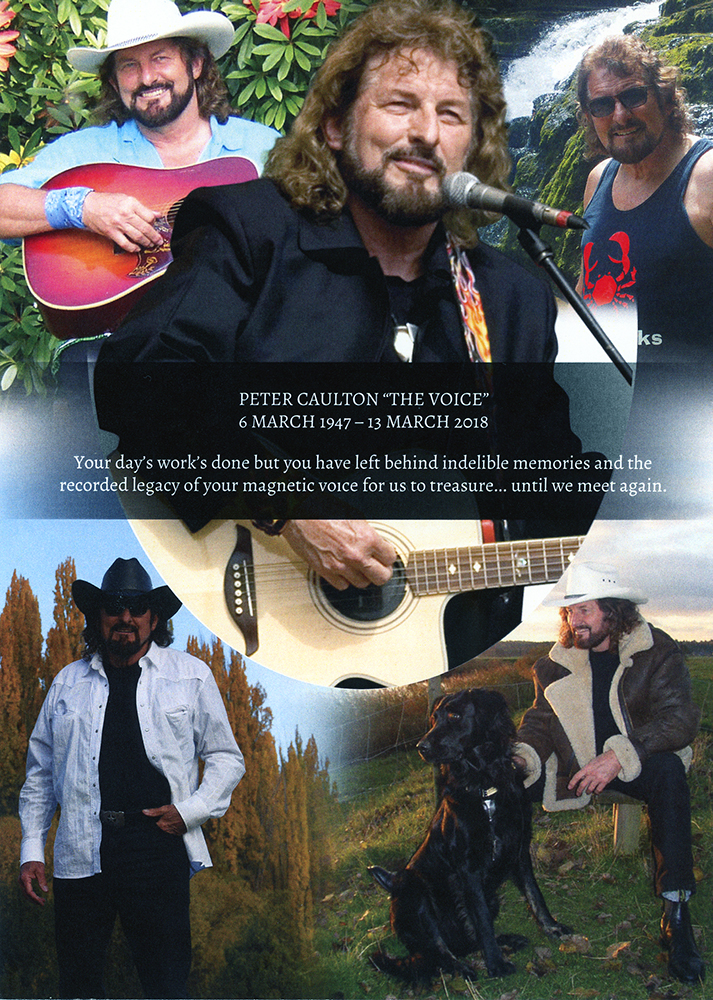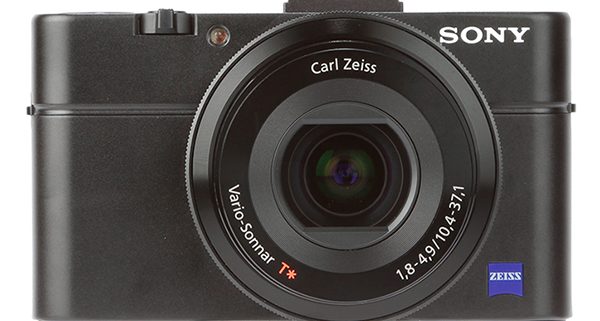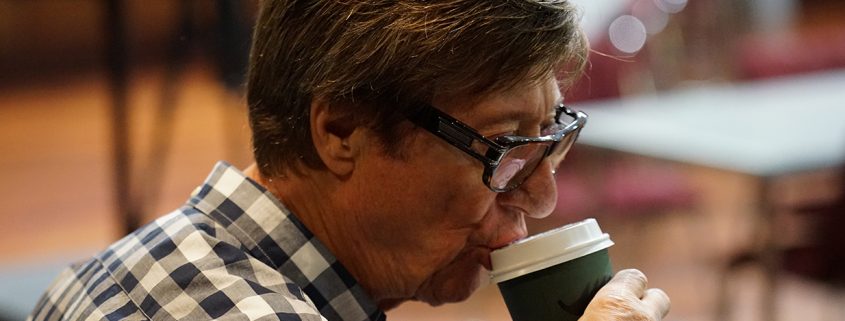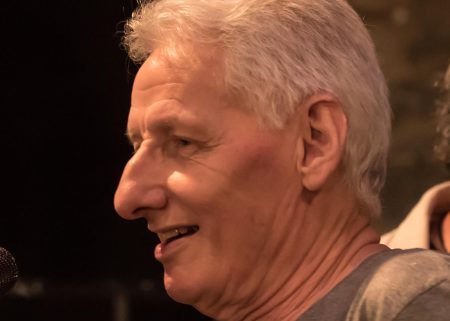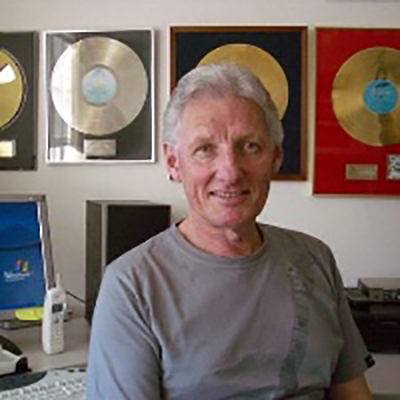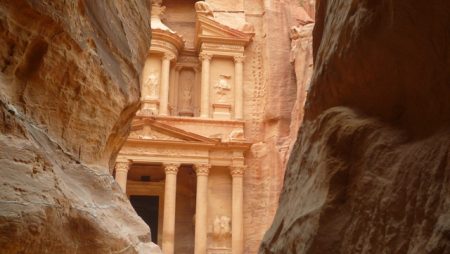Photos through the ages
When you see videos of the early developers of photography, it is pretty funny especially in light of photography today. In those old movies, to get a picture, the camera was as big as a computer is today. The photographer had to put his head under a sheet and hold up a huge tripod which exploded with smoke and fumes to make the flash.
Today photography could not be more different. In the movies, we used to be astonished when spies had cameras in their watches or the soles of their shoes. But now it is common for almost everyone to have a camera in their phone and to be able to pull it out and snap a photo virtually anywhere.
Let’s fill in a few gaps. We can go back to the origins of the language to find that the word photography began in the Greek times and it literally means drawing with light. But the actual science of photography did not really take off until the 1800ís in this country when a fellow by the name of John Hershel applied the words photography, positives and negatives to the task of producing pictures. We had negatives of our photos from then until the dawn of digital photography in the last few years.
For most of us, though, the company Eastman Kodak is probably the one we associate most with the early developments of photography. And it was the early pioneer of photography, George Eastman that made the first advancements on the primitive methods being used until his work in 1839. A little trivia? Eastman made the name Kodak up because he wanted his company name to begin with a K.
The developments began to come along pretty routinely as photography began to mature and become more sophisticated. Color photography was developed in 1861 by a scientist named James Clark Maxwell. Up until then all photographs were black and white or monochrome. Color photography was a huge leap forward but it really did not start to move into the public arena until two brothers named Lumiere in 1907 invented the color plate.
Over the decades to follow, photography moved forward steadily and moved out of the world of science and then journalism and into each of our homes. But the revolution that has turned photography into what we know it to be today occurred in 1981 when Sony invented the first camera that worked without film. The digital age was upon us.
It was Kodak that again got the lead on the marketplace by getting the first digital camera out on the market in 1990 when they developed the Kodak DCS 100. As with all technology, early digital cameras were large (by today’s standards) and much more expensive than we are used to now.
Innovation in the field of photography has continued to march almost as fast as people could keep up. When digital cameras were offered that gave us a port to be able to download them to our computers, the internet explosion of imagery was fueled.
Further development coming virtually every year since 1990 included the rapid and phenomenal expansion of memory in digital cameras along with the concept of swappable storage drives. This changed the way people took pictures because now the number of pictures someone could take was virtually limitless. The expansion of memory also gave developers the ability to add video capture to the same devices as were used for photography so that virtually anyone could become a cameraman with that tiny camera that could by this time fit in their shirt pocket. Much of the fun of internet sites like YouTube can be attributed to the ability of the average citizen to take video anywhere, anytime and at no cost to them.
The photography and video industry has had to do a lot of adjusting to learn how to service this market that was changing at speeds unimaginable by George Eastman a century before. The affordable availability of quality color printers that enabled people to print their photographs at home was a boon to the amateur camera buff but a blow to the photography industry.
But to their credit, the industry has kept up. But we can be sure that the developments are just getting underway. Who knows what new technical wizardry is ahead for the photography world. It is sure to be a fun ride, no matter what the future holds.
Best Cameras for Concert Photography
